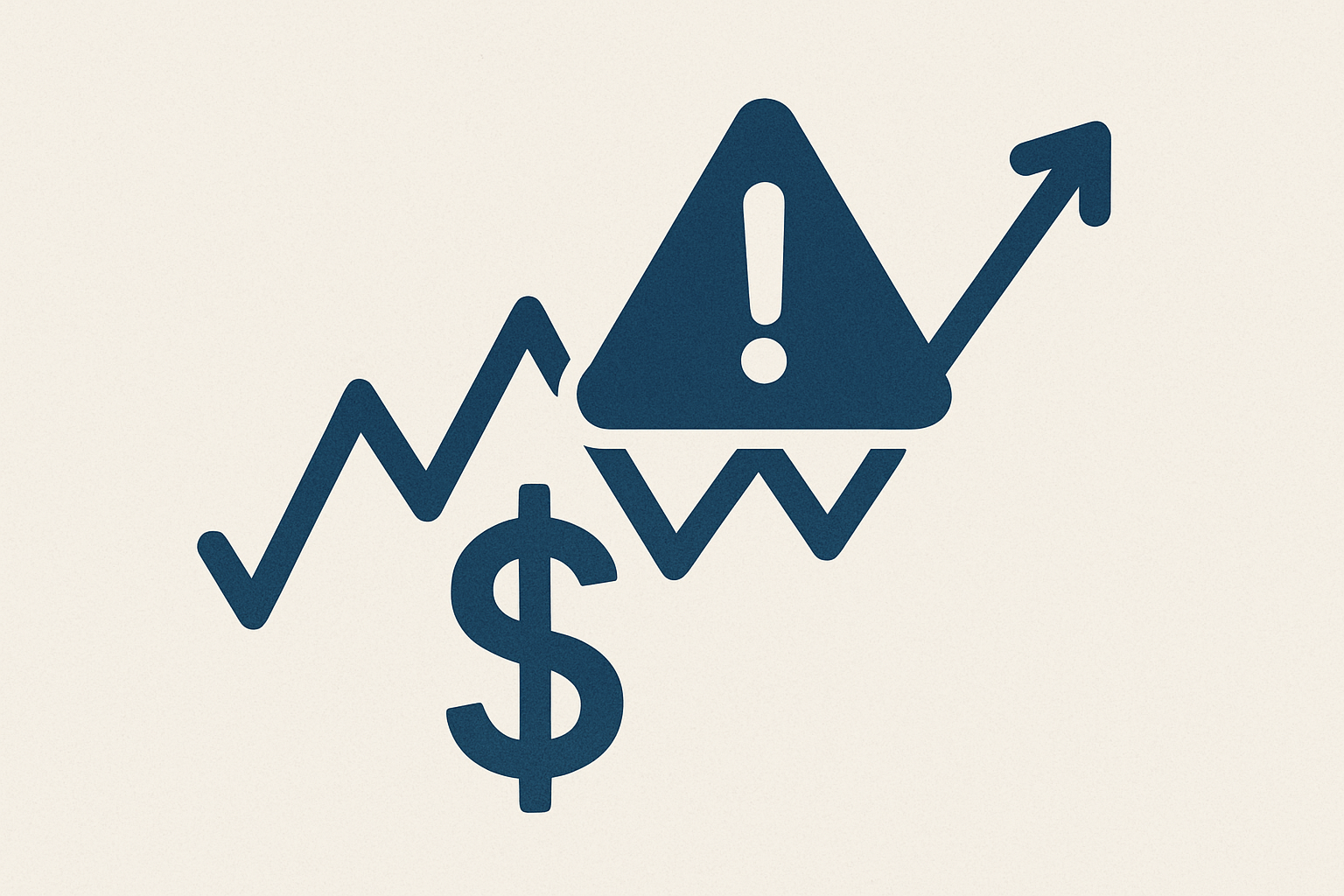A Comprehensive Guide
In the intricate world of finance, understanding the nuances between different investment vehicles is paramount for making informed decisions. Among the most fundamental distinctions investors encounter are those between fixed income vs variable income. These two broad categories represent distinct approaches to generating returns, each with its own set of characteristics, risks, and potential rewards. For both novice and seasoned investors, grasping these differences is not merely an academic exercise; it is a critical step towards constructing a resilient and goal-aligned investment portfolio.
This comprehensive guide will delve deep into the definitions, mechanisms, advantages, and disadvantages of fixed income vs variable income. We will explore how each type of investment operates, the factors that influence their performance, and how they can be strategically integrated into a diversified portfolio. By the end of this article, you will have a clearer understanding of which investment type aligns best with your financial objectives, risk tolerance, and investment horizon, empowering you to navigate the financial markets with greater confidence and intelligence.
What is Fixed Income?
Fixed income refers to investments that provide a predictable stream of payments to investors over a specified period. The term ‘fixed’ signifies that the interest rate or dividend payment is generally predetermined and remains constant, offering a sense of stability and certainty. These investments are essentially loans made by an investor to a borrower, which could be a government, a corporation, or another entity. In return for the loan, the borrower promises to pay back the principal amount at maturity and make regular interest payments along the way.
Common examples of fixed income investments include government bonds, corporate bonds, certificates of deposit (CDs), and certain types of annuities. The appeal of fixed income lies in its reliability; investors know exactly how much income they will receive and when. This predictability makes fixed income a cornerstone for conservative investors, retirees, or anyone looking to preserve capital and generate a steady cash flow.
For instance, if you invest in a corporate bond with a 5% fixed interest rate, you can expect to receive 5% of the bond’s face value annually until its maturity date, at which point your initial investment is returned. This clear payment schedule contrasts sharply with the fluctuating returns of other investment types, making fixed income a vital component for balancing risk within a broader investment strategy. The stability offered by fixed income investments often serves as a buffer against the volatility inherent in other market segments, contributing to a more balanced and secure financial outlook.
What is Variable Income?
In stark contrast to fixed income, variable income investments are characterized by returns that are not predetermined and can fluctuate significantly over time. The ‘variable’ nature stems from the fact that the income generated from these investments is directly tied to market performance, economic conditions, and the underlying asset’s success. This category typically includes investments like common stocks, mutual funds, exchange-traded funds (ETFs) that hold equities, and real estate.
The primary allure of variable income investments is their potential for higher returns and capital appreciation. While they do not offer the same predictability as fixed income, they provide investors with the opportunity to participate in the growth of companies and economies. For example, when you invest in stocks, your returns can come from two main sources: dividends, which are portions of a company’s profits distributed to shareholders, and capital gains, which occur when you sell your shares for a higher price than you paid for them. Both dividends and capital gains from stocks are inherently variable, depending on the company’s profitability and market sentiment.
However, with the potential for higher returns comes a higher degree of risk. The value of variable income investments can rise and fall dramatically, leading to periods of substantial gains or significant losses. This volatility makes variable income more suitable for investors with a higher risk tolerance and a longer investment horizon, as it allows them to ride out short-term market fluctuations in pursuit of long-term growth. Understanding the dynamic nature of fixed income vs variable income is crucial for aligning your investment choices with your personal financial goals and comfort level with risk.
Fixed Income vs Variable Income: Key Differences Explained
The distinction between fixed income vs variable income is fundamental to investment planning. While both aim to generate wealth, their operational mechanisms, risk profiles, and return potentials diverge significantly. Here, we break down the core differences:
Predictability of Returns
Perhaps the most striking difference lies in the predictability of returns. Fixed income investments, by their very definition, offer a high degree of certainty. When you purchase a bond, for instance, you are typically informed of the interest rate you will receive and the schedule of payments. This allows for precise financial planning and budgeting, as the income stream is largely guaranteed (barring default by the issuer). This predictability is a major draw for investors who prioritize stability and consistent cash flow, such as retirees or those saving for a specific short-term goal.
Conversely, variable income investments offer no such guarantees. The returns from stocks, for example, are subject to the whims of the market, company performance, and broader economic trends. Dividends can be increased, decreased, or even suspended, and stock prices can fluctuate wildly. While this unpredictability can be daunting, it is also the source of variable income’s greater growth potential. Investors in variable income assets are essentially betting on future growth and are willing to accept uncertainty for the chance of higher rewards.
Risk Level

The inherent predictability of fixed income investments generally translates to a lower risk profile. The primary risk associated with fixed income is credit risk, which is the possibility that the issuer will default on its payments. However, for highly-rated government or corporate bonds, this risk is relatively low. Interest rate risk is another factor, where rising interest rates can decrease the market value of existing bonds, but the investor still receives the promised fixed payments if they hold the bond to maturity. This lower risk makes fixed income a suitable choice for capital preservation and as a defensive component of a portfolio.
Variable income investments, on the other hand, carry a higher level of risk. Market risk, or systemic risk, is a significant concern, as the value of these investments can be affected by broad market downturns. Company-specific risks, such as poor management, competitive pressures, or product failures, can also lead to substantial losses. The potential for significant capital loss is a key characteristic of variable income, making it more appropriate for investors with a robust risk tolerance and the capacity to absorb potential losses in pursuit of higher long-term gains. The dynamic interplay between fixed income vs variable income in terms of risk is a central consideration for portfolio construction.
Return Potential
When comparing fixed income vs variable income, the trade-off between risk and return becomes evident. Fixed income investments typically offer more modest returns. While they provide a steady income stream, the growth potential is limited to the predetermined interest rate. In periods of low interest rates, the real (inflation-adjusted) returns from fixed income might even be negative, meaning the purchasing power of your investment could erode over time. However, for investors seeking income rather than aggressive growth, these consistent, albeit lower, returns are precisely what makes fixed income attractive.
Variable income investments, conversely, boast a higher return potential. Historically, equities have outperformed fixed income over the long term, offering significant capital appreciation and dividend growth. This higher potential return compensates investors for the increased risk and volatility they undertake. For young investors with a long time horizon, allocating a larger portion of their portfolio to variable income can be a powerful strategy for wealth accumulation, leveraging the power of compounding returns over decades. The decision between fixed income vs variable income often boils down to an investor’s primary objective: capital preservation and steady income, or aggressive growth and capital appreciation.
Liquidity
Liquidity refers to the ease with which an investment can be converted into cash without significantly affecting its market price. Generally, variable income investments, particularly publicly traded stocks and ETFs, are highly liquid. They can be bought and sold quickly on exchanges during market hours, offering investors considerable flexibility to enter or exit positions as needed. This high liquidity is a significant advantage for investors who may need quick access to their funds or wish to actively manage their portfolios in response to market changes.
Fixed income investments can vary in liquidity. While some government bonds are highly liquid, others, such as certain corporate bonds or certificates of deposit, might be less so. Selling a less liquid fixed income asset before its maturity date might involve some difficulty or require selling at a discount, impacting the overall return. Therefore, when considering fixed income vs variable income, investors must assess their potential need for quick access to funds and choose investments accordingly. The liquidity aspect plays a crucial role in managing an investment portfolio, especially in times of unexpected financial needs.
How Fixed Income and Variable Income Can Work Together in a Portfolio
Rather than viewing fixed income vs variable income as mutually exclusive choices, savvy investors often recognize their complementary nature. A well-diversified investment portfolio typically incorporates both, leveraging the strengths of each to achieve a balanced approach to risk and return. This strategy, known as asset allocation, is about distributing your investments among different asset classes to minimize risk while maximizing potential returns.
Fixed income investments can serve as the stabilizing force within a portfolio. They provide a reliable income stream, which can be particularly valuable during market downturns when variable income assets might be underperforming. This steady income can help cover living expenses or be reinvested, reducing the need to sell volatile assets at a loss. Furthermore, fixed income can act as a hedge against deflation, as the fixed payments become more valuable when prices fall.
Variable income investments, on the other hand, are the growth engine of a portfolio. They offer the potential for significant capital appreciation and can help an investor’s wealth grow faster than inflation over the long term. By including stocks and other equity-based assets, investors can participate in economic expansion and technological advancements, which drive corporate profits and stock prices higher. The combination of fixed income vs variable income allows investors to pursue growth without exposing their entire portfolio to the inherent volatility of the equity markets.
For example, a common asset allocation strategy for younger investors might involve a higher percentage of variable income (e.g., 70-80% stocks) to capitalize on long-term growth, with a smaller allocation to fixed income for stability. As an investor approaches retirement, the allocation might shift towards a higher percentage of fixed income (e.g., 50-60% bonds) to prioritize capital preservation and income generation. This dynamic approach to balancing fixed income vs variable income ensures that the portfolio remains aligned with the investor’s evolving financial goals and risk capacity.
Which Is Right for You: Fixed Income or Variable Income?
The decision of whether to favor fixed income vs variable income is deeply personal and depends on several key factors:
• Financial Goals: Are you saving for a short-term goal, like a down payment on a house, where capital preservation is paramount? Or are you investing for long-term wealth accumulation, such as retirement, where growth is the primary objective? Short-term goals often lean towards fixed income due to its stability, while long-term goals can benefit significantly from the growth potential of variable income.
• Risk Tolerance: How comfortable are you with the possibility of losing money? If market fluctuations cause you significant stress, a higher allocation to fixed income might be more suitable. If you can stomach volatility for the chance of greater rewards, variable income could be a better fit. Understanding your emotional response to risk is as important as understanding the financial risks themselves.
• Investment Horizon: How long do you plan to keep your money invested? A longer investment horizon allows more time to recover from market downturns, making variable income a more viable option. For shorter horizons, the stability of fixed income helps protect your principal.
• Current Income Needs: Do you rely on your investments for regular income? Fixed income is designed to provide consistent payouts, making it ideal for those who need a steady cash flow. Variable income, while it can provide dividends, is less predictable in its income generation.
Ultimately, for most investors, the optimal strategy is not an either/or choice between fixed income vs variable income, but rather a thoughtful blend of both. A diversified portfolio that strategically combines these two asset classes can help mitigate risks while still providing opportunities for growth. Consulting with a financial advisor can also provide personalized guidance, helping you to assess your unique situation and construct a portfolio that effectively balances these different investment types to meet your specific needs.
Conclusion
The journey through the financial markets is often complex, but a clear understanding of fundamental concepts like fixed income vs variable income can illuminate the path. We’ve explored how fixed income investments offer stability, predictability, and capital preservation through regular, predetermined payments, making them ideal for risk-averse investors and those seeking consistent cash flow. Conversely, variable income investments, while carrying higher risk and volatility, provide the potential for significant capital appreciation and greater long-term returns, appealing to growth-oriented investors with a longer time horizon.
The key takeaway is that these two investment categories are not adversaries but rather powerful allies in the pursuit of financial well-being. By strategically combining fixed income and variable income assets, investors can build diversified portfolios that are resilient to market fluctuations and aligned with their individual financial goals and risk tolerance. Whether you prioritize steady income, aggressive growth, or a balanced approach, the intelligent integration of both fixed and variable income strategies is essential for navigating the investment landscape successfully. Empower yourself with this knowledge, and take confident steps towards securing your financial future.
References:
NerdWallet. Investment Portfolio: What It Is and How to Build a Good One. Retrieved from





